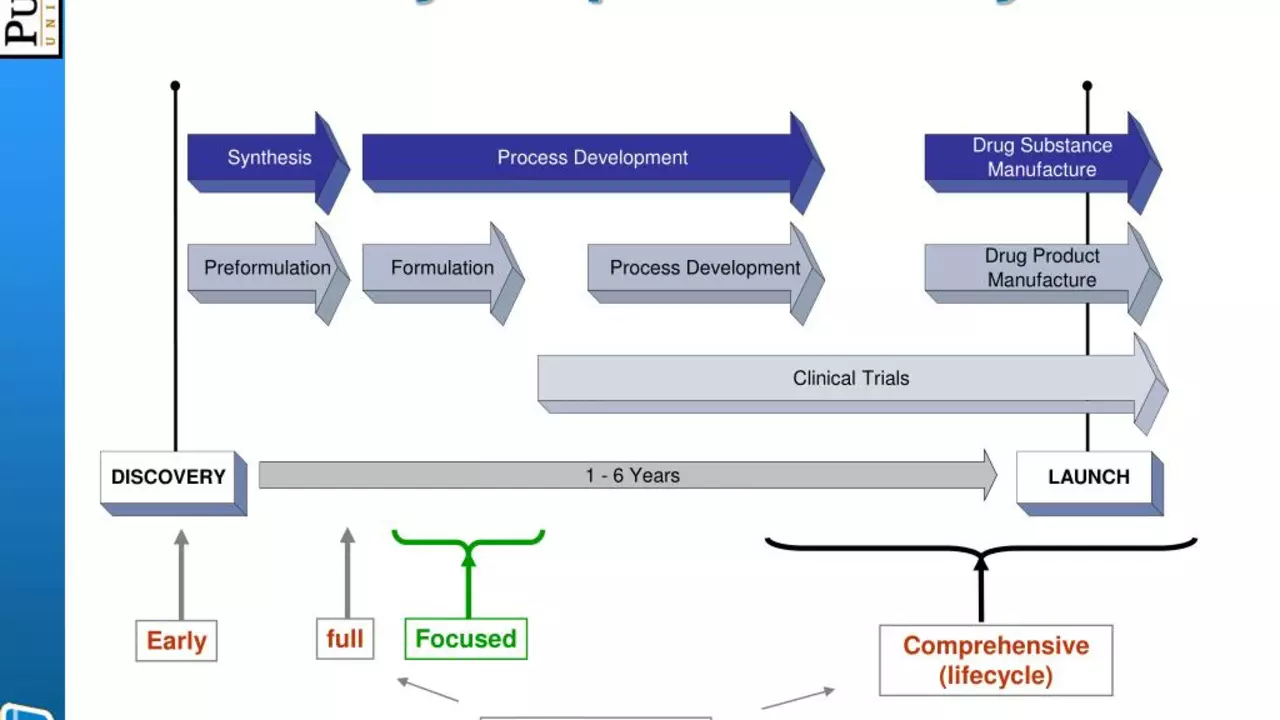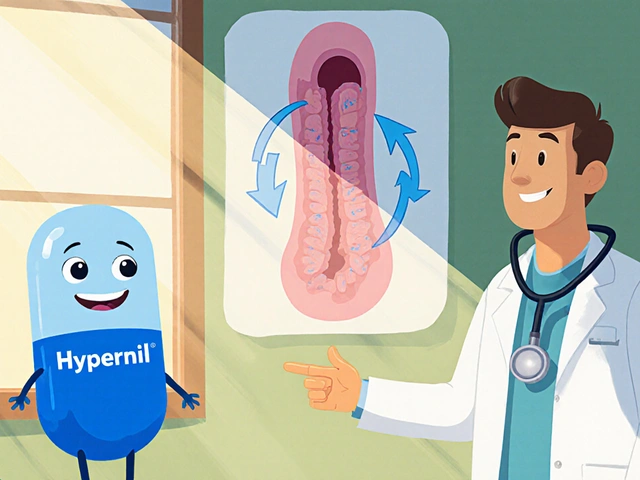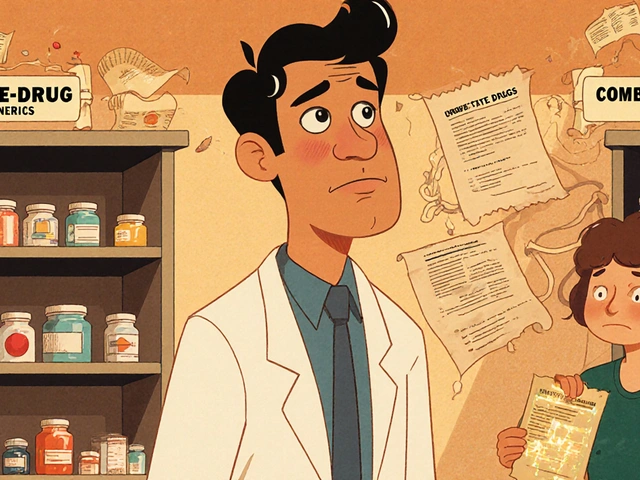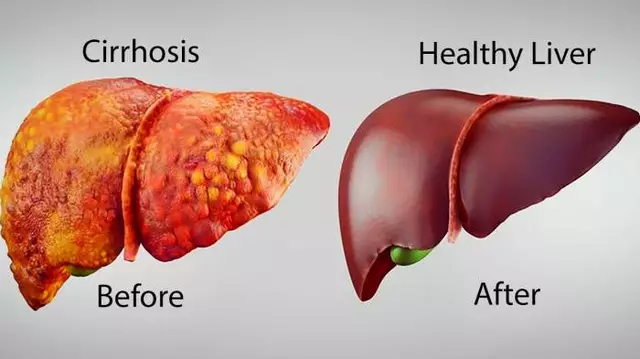Drug Efficacy: How to Tell If a Medicine Really Works
Not every approved drug helps most patients the same way — some cut risk by a lot, others by barely anything. If you want to make smarter choices about meds, focus on the evidence, not ads or hearsay. Below are clear, practical steps you can use when evaluating any medicine.
Read the study, not the headline
When a drug looks promising, dig into the trial details. Ask: who was studied? How long did the trial run? What was the main outcome? A 50% relative risk reduction sounds huge, but if the absolute risk drops from 2% to 1% that’s only a 1% real change for most people. Pay attention to absolute numbers and how many people needed treatment to prevent one bad outcome (NNT).
Also check whether trials were randomized and blinded. Those reduce bias. Smaller trials or ones funded only by the company that makes the drug can overstate benefits. Look for follow-up studies and independent reviews to see if results hold up.
Think beyond effectiveness: safety and real-life use
Drug efficacy in a trial often assumes people take the dose exactly, have few other illnesses, and are monitored closely. Real life is messier. Side effects, drug interactions, and how easy it is to stick to the regimen change outcomes. Ask your provider about common and serious side effects and how they balance with the expected benefit for you personally.
Check if real-world evidence exists. Large registries or observational studies show how a drug performs outside tightly controlled trials. These can reveal rare side effects or issues that only appear after thousands use the medication.
Other things to consider: is the drug compared to a placebo or to the current standard treatment? A drug that beats placebo but is worse than an existing option might not be worth it. Also look at subgroup results — some medicines work much better in certain ages, sexes, or genetic profiles. Personalized effects matter.
If cost is a concern, compare generics and brands. Generics usually offer the same active ingredient and similar efficacy at lower cost. But for complex biologics or biosimilars, effectiveness can vary and you should talk to your doctor about switching.
Finally, use trusted sources: peer-reviewed journals, summaries from independent agencies, and guidelines from medical societies. Pharmacy staff and clinicians can help translate trial jargon into what it means for you. Ask specific questions: “What are my chances of benefit?” “What are the most likely harms?” and “How will this affect my daily life?”
Understanding drug efficacy means combining trial data, real-world evidence, and your personal situation. When you ask the right questions and read beyond headlines, you’ll pick treatments that actually help you live better, not just sound impressive on paper.

Cilostazol: A Comprehensive Review of Clinical Trials
In today's post, we delve into the comprehensive review of clinical trials on Cilostazol, a medication predominantly used for treating intermittent claudication. The trials show that Cilostazol effectively improves walking distance and relieves symptoms in patients. It also has potential benefits in cardiovascular and cerebrovascular disease prevention. However, it's important to note that like all drugs, it comes with its own set of side effects. Stay tuned for more detailed discussions on these trials.
Categories
- Medications (50)
- Health and Medicine (46)
- Health and Wellness (34)
- Online Pharmacy Guides (15)
- Nutrition and Supplements (7)
- Parenting and Family (3)
- Environment and Conservation (2)
- healthcare (2)
- prescription savings (1)



